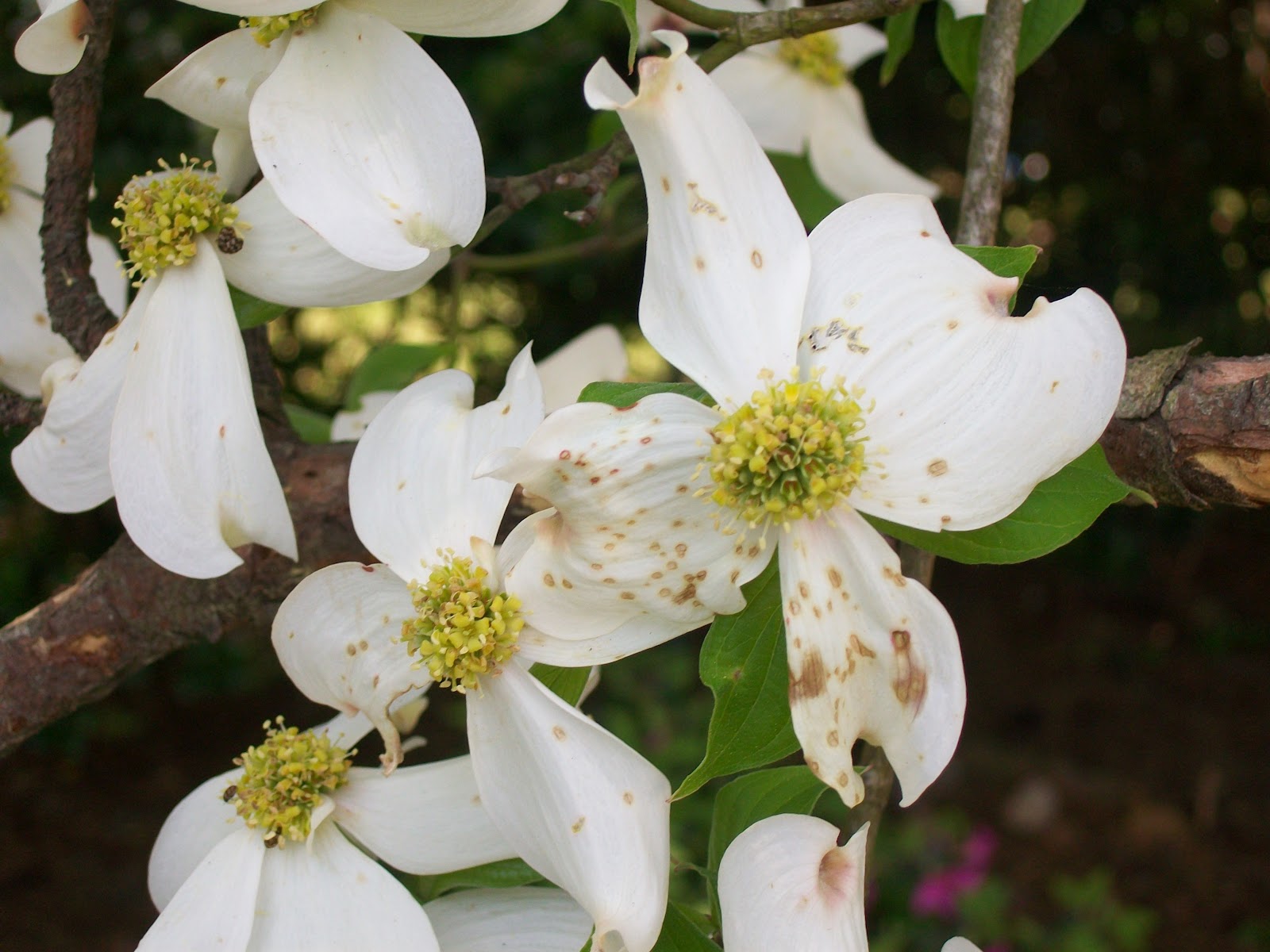Wet Weather Causes Dogwood Problems
go.ncsu.edu/readext?466328
en Español / em Português
El inglés es el idioma de control de esta página. En la medida en que haya algún conflicto entre la traducción al inglés y la traducción, el inglés prevalece.
Al hacer clic en el enlace de traducción se activa un servicio de traducción gratuito para convertir la página al español. Al igual que con cualquier traducción por Internet, la conversión no es sensible al contexto y puede que no traduzca el texto en su significado original. NC State Extension no garantiza la exactitud del texto traducido. Por favor, tenga en cuenta que algunas aplicaciones y/o servicios pueden no funcionar como se espera cuando se traducen.
Português
Inglês é o idioma de controle desta página. Na medida que haja algum conflito entre o texto original em Inglês e a tradução, o Inglês prevalece.
Ao clicar no link de tradução, um serviço gratuito de tradução será ativado para converter a página para o Português. Como em qualquer tradução pela internet, a conversão não é sensivel ao contexto e pode não ocorrer a tradução para o significado orginal. O serviço de Extensão da Carolina do Norte (NC State Extension) não garante a exatidão do texto traduzido. Por favor, observe que algumas funções ou serviços podem não funcionar como esperado após a tradução.
English
English is the controlling language of this page. To the extent there is any conflict between the English text and the translation, English controls.
Clicking on the translation link activates a free translation service to convert the page to Spanish. As with any Internet translation, the conversion is not context-sensitive and may not translate the text to its original meaning. NC State Extension does not guarantee the accuracy of the translated text. Please note that some applications and/or services may not function as expected when translated.
Collapse ▲While dry weather causes many obvious problems, extended periods of wet weather come with their own list of woes. Many problems can plague the spring garden and landscape when days are wet, cloudy and humid.
One of these problems concern dogwoods in the landscape. Homeowners describe their trees as having reddish-purple spots on bracts and leaves. Leaves can become puckered and deformed with leaf-drop. This problem is a fungus called spot anthracnose (Elsinoe corni). It is spread by wind and water droplets. Birds can also carry the fungus from tree to tree. It should not be confused with the much more serious dogwood anthracnose which is a killer of dogwood trees. Spot anthracnose is more of a nuisance than a threat and while it does diminish the beauty of the flowers and leaves, it is not a killer. As leaves begin to mature in early summer the disease will fade away.
There are several things that can be done to control this problem:
- Plant dogwoods in full shade. The plants most affected are those that grow in partial sun
- Plant resistant varieties such as Cherokee Chief, Cherokee Sunset and Weaver’s White
- Rake and bag fallen leaves in the fall to reduce fungus levels
- Spray with fungicides containing chlorthalonil from bud break until leaves have matured
Spot anthracnose won’t be a problem every spring but when the weather is cool and rainy as the dogwoods bud out, be on the lookout for this disease.






